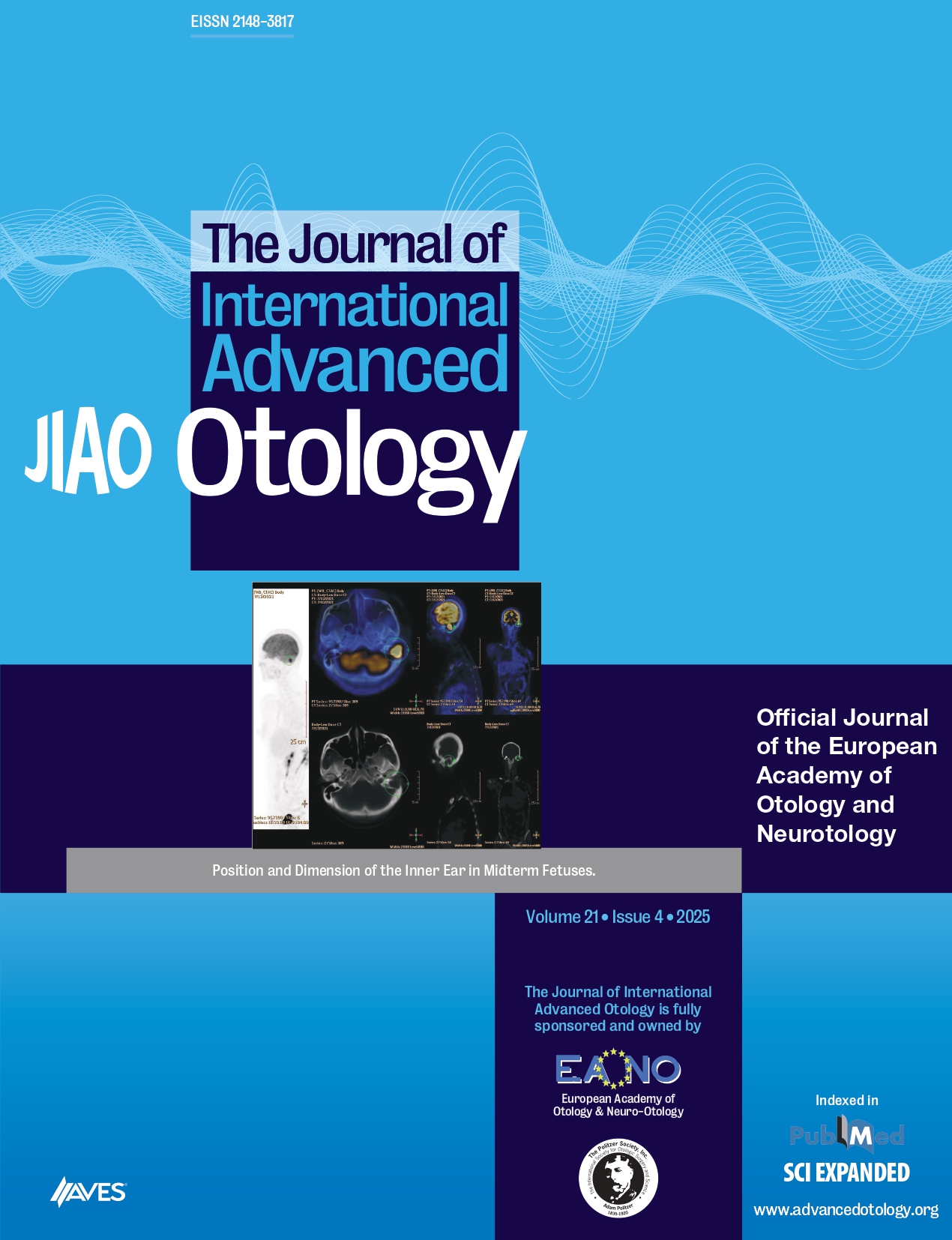OBJECTIVES: To evaluate the incidence of facial canal dehiscence (FCD) and other intraoperative findings over the last 20 years as well as correlation with the Japanese Otological Society/European Academy of Otology and Neurotology classification in patients with cholesteatoma.
MATERIALS and METHODS: A total of 469 patients operated from 1998 to 2018 were selected and divided into 2 groups of 10 years each.
RESULTS: Dehiscence was significantly higher in patients with a history of pathology longer than 5 years (22.7%). Higher values were observed in revision surgery, 44.4% in the first period and 41.7% in the second. The tympanic segment was the one most frequently involved, affecting 92% of patients in the first period and 97% of patients in the second. Dehiscence occurred significantly more often in patients with a semicircular canal fistula, 14.8% in the first decade and 8.8% in the second. The incidence of FCD was significantly higher in patients with primary cholesteatoma (especially in those with combined pars tensa-flaccida) than in those with a secondary acquired one, 31.5% vs 7.4% in the first period, 21.1% vs 7.4% in the second, and in those with a stage III disease, 42% in the first period, 33.3% in the second.
CONCLUSION: Patients with a shorter history of cholesteatoma as well as those not previously operated had a lower incidence of FCD. The tympanic tract of the facial nerve remains the most frequent site of dehiscence, while the association between dehiscence and fistula of the semicircular canal remains strong. Patients with combined pars tensa-pars flaccida and stage III cholesteatoma have a higher incidence of FCD.
Cite this article as: Gulotta G, Pace A, Iannella G, Visconti IC, Rossetti V, Angeletti D, et al. Facial Nerve Dehiscence and Cholesteatoma: A Comparison between Decades. J Int Adv Otol 2020; 16(3): 367-72.



.png)
.png)